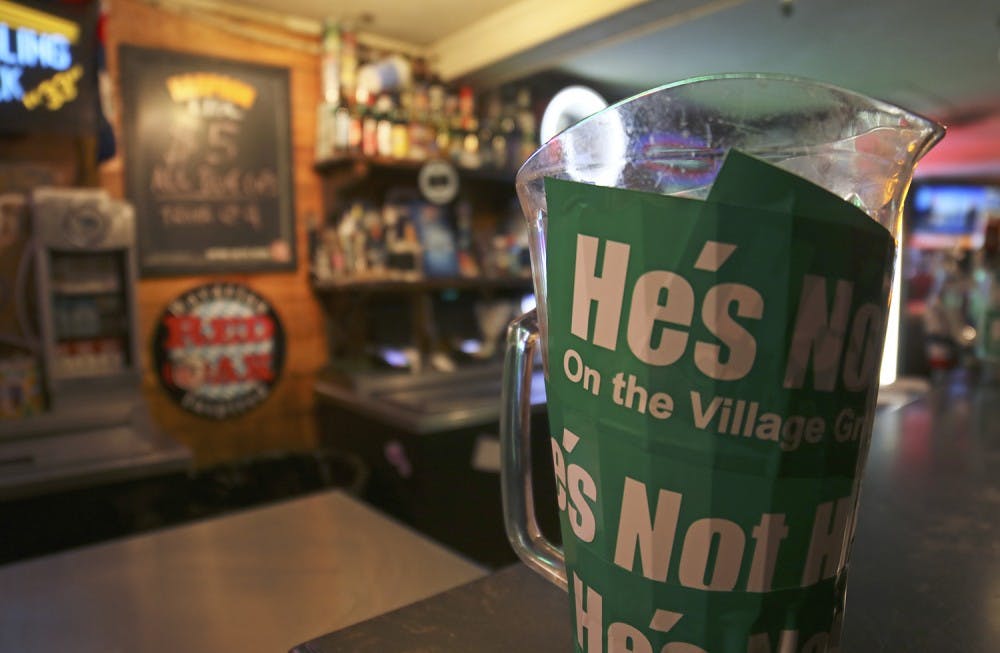Drinking is a big part of social culture on college campuses. More broadly, drinking is a longstanding and relatively inelastic part of American culture, and restricting people’s freedom to drink has a high cost in both human autonomy and dignity. Excessive and inappropriate alcohol consumption, however, comes with a huge cost in emotional and physical well-being on college campuses (as well as nationwide).
With those things in mind, legislatures and institutions should craft rules and initiatives with an eye to encouraging a drinking culture that’s leaner and more mature, rather than one that crams drinks into fewer hands. Two strong first steps would be a limited lifting of restrictions on 18 to 20-year-olds' legal ability to purchase beer and wine at restaurants and bars, and national sorority organizations lifting their ban on hosting parties with alcohol.
The cost of alcohol
Alcohol consumption takes a huge toll on American society and on its university communities. The Center for Disease Control and Prevention’s Alcohol-Related Disease Impact page, using data from 2006-2010, estimates that alcohol use causes an average of more than 100,000 deaths per year in the United States. On or near campus, these effects are also striking: 1,825 college students aged 18 to 24 died from alcohol-related unintentional injury in 2005, one 2009 study found. The same study reported that 97,000 college students, or 2 percent, suffered from alcohol-related sexual assault or date rape in 2001. The 2007 Campus Sexual Assault Study, commissioned by the U.S. Department of Justice, used survey data from two large universities and found that an even larger portion — 7.8 percent — of undergraduate women had been sexually assaulted while incapacitated after willingly consuming alcohol or other drugs.
Alcohol and the youth
When confronted with these numbers, demanding for someone to keep alcohol away from our classmates, friends and fellow Americans seems pretty reasonable. Indeed, that was the basic rationale behind Prohibition, and is the spirit that guides our 21 and up minimum drinking age laws. But while Prohibition flopped, the latter laws have proved more enduring. They’ve also been somewhat effective in mitigating the rolling public health catastrophe that is alcohol consumption. Research, as summarized in a 2014 article in the Journal of Studies on Alcohol and Drugs, suggests that the increased age has reduced long-term negative outcomes including alcohol and drug dependence among drinkers as well as preventing motor vehicle accidents.
A central argument for the drinking age of 21 is that binge drinking and early-in-life drinking drive alcohol’s social and health costs. Of the 100,000 deaths per year reported by the CDC (mentioned above), the CDC attributed 88,000 to excessive alcohol use. Since younger ages at first drink correlates with heavy drinking later, it makes sense to keep legislation in place that deters people from drinking too young, and keeps alcohol out of the hands of high school students as much as possible.
Still, the current drinking age has its problems. It restricts adults from enjoying their ability to make decisions for themselves. This is especially frustrating because alcohol has a long history of relatively safe, socially rewarding and artistically productive use.
Additionally, on college campuses, the minimum age of 21 fuels the social importance of fraternity parties for new students and contributes to a culture of secret and quick alcohol consumption. This is doubly disturbing, since the frequency of attending fraternity parties — according to the 2007 Campus Sexual Assault Study — is associated with having been sexually assaulted while incapacitated.




